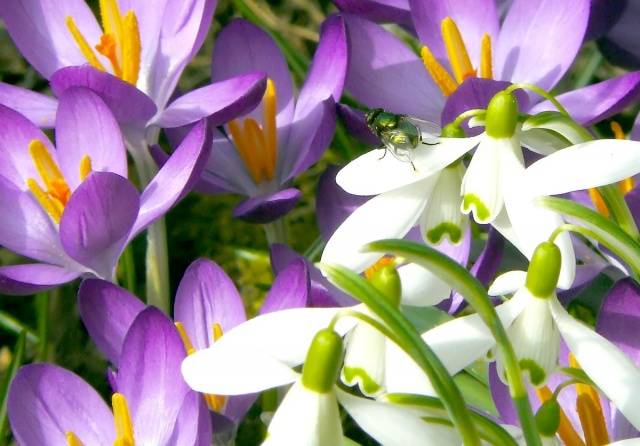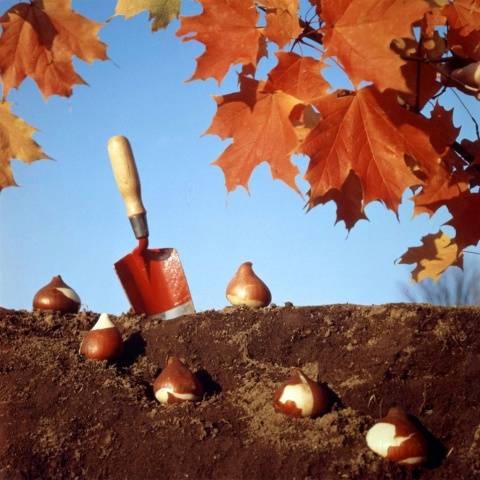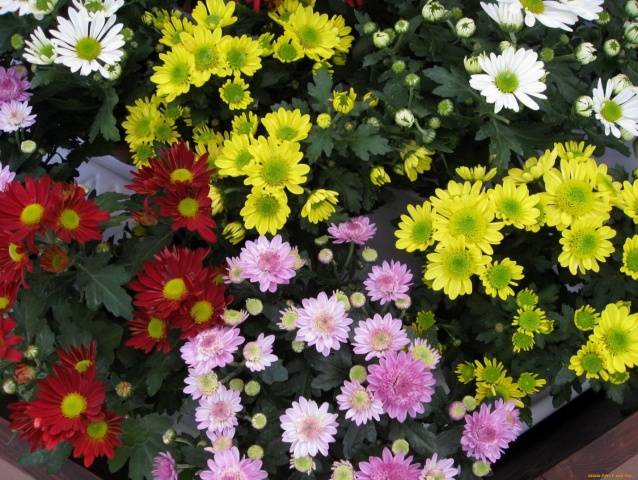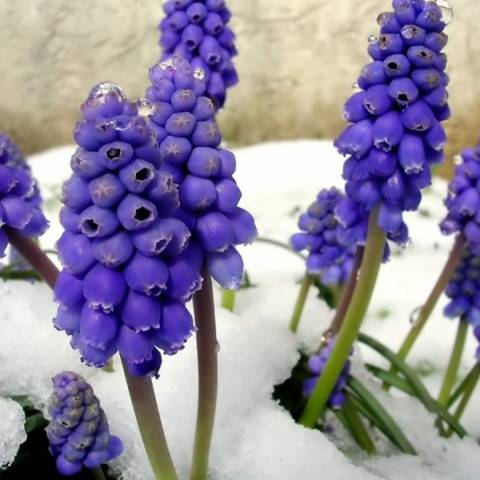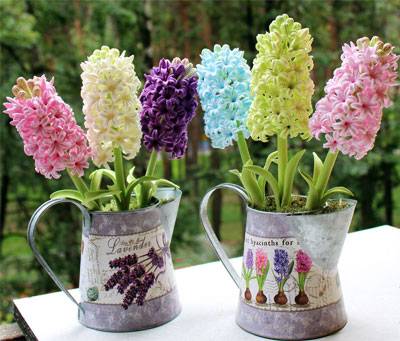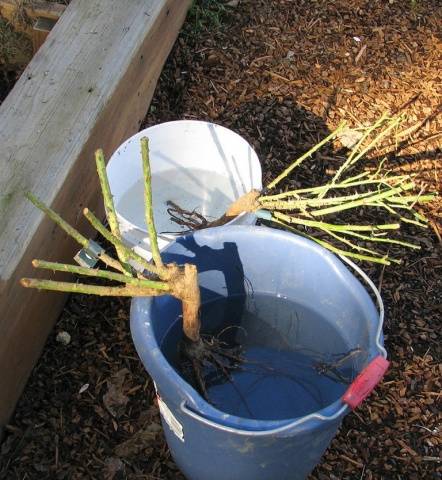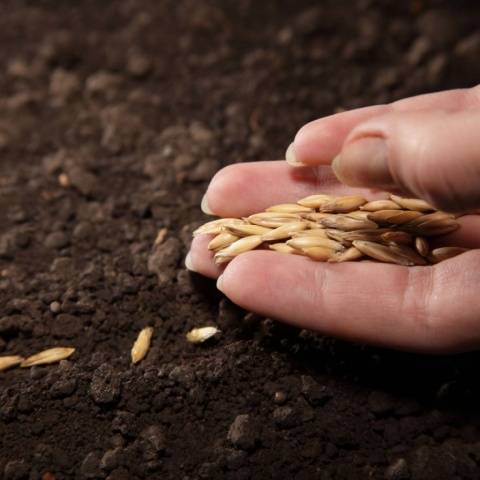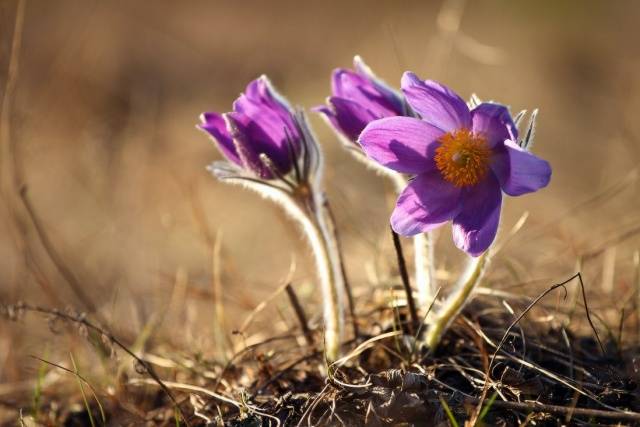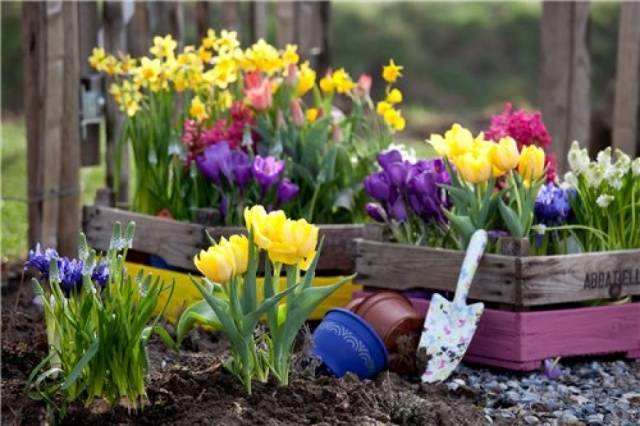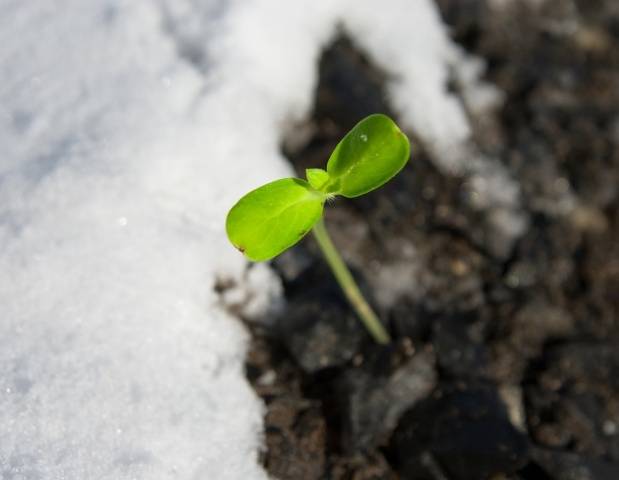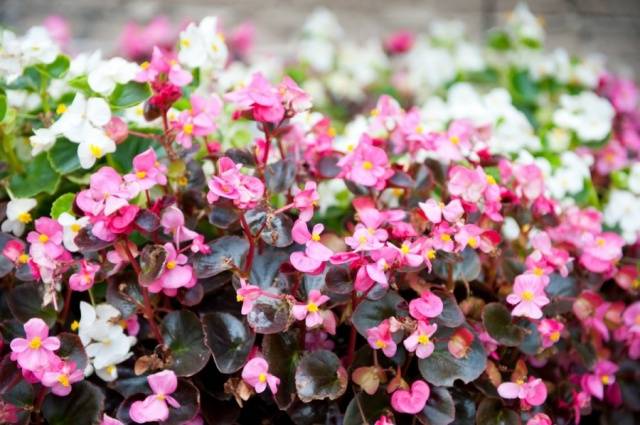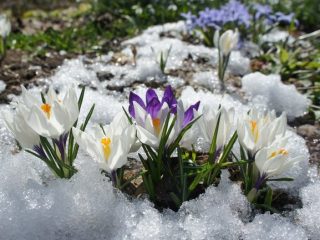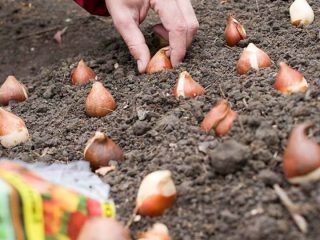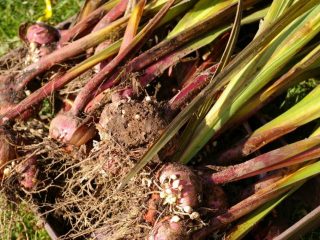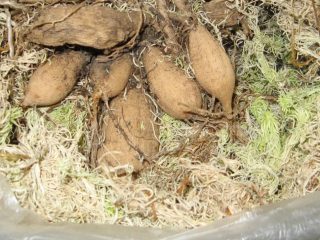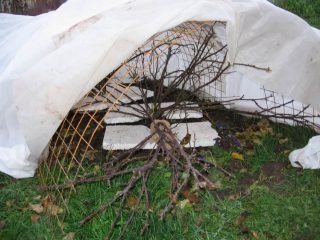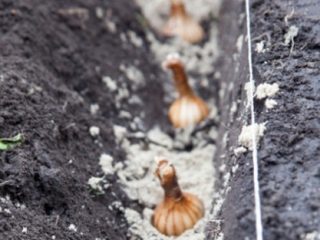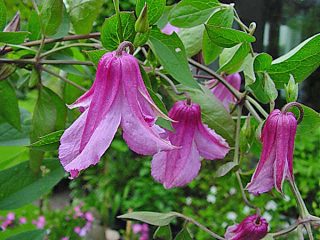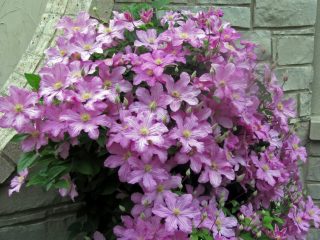Content
Not every summer resident knows that flowers can be planted in the fall. This sounds strange, of course, because in the autumn the garden is empty, all the work of the summer resident ends, and nature prepares for winter. Against all odds autumn is a great time to plant many varieties of plants, and there is a scientific explanation for this phenomenon. But not all flowers can withstand winter frosts; many of them are recommended to be planted in spring or even summer.
You can learn about the features of planting flowers before winter, as well as what flowers are planted in the fall, from this article.
Features of autumn planting
Sowing flower seeds in spring comes as no surprise to anyone, however, many gardeners successfully practice planting ornamental plants in the fall, when the soil cools and the temperature begins to drop rapidly.
Such actions are quite justified, because flowers planted in autumn have many advantages:
- Plants undergo hardening, as a result, they better tolerate spring frosts, which can kill all seedlings sown in the spring.
- The root system of flowers that are planted in the fall has time to develop well; such plants do not need frequent watering, because their roots go deep into the ground.
- Melted snow well nourishes seedlings and seeds of winter flowers with water; the flower beds do not have to be watered, as required by spring planting of seeds.
- In the fall, summer residents have much more free time, because they do not need to think about planting vegetables, fertilizing the soil, watering and other spring problems. There is time to start designing flower beds, draw up a flower arrangement, arrange plants by color and height.
- Winter flowers will bloom 10-20 days earlier than those that will be planted next spring.
- Among annual and perennial plants there are quite a lot of frost-resistant varieties, which means that the seedlings will withstand winter cold well.
There are also disadvantages to winter floriculture, but they are completely insignificant. The first is the lower germination of seeds when compared with regular spring planting. Yes, you will have to sow flowers more densely, more planting material will be needed. But all the surviving plants will be hardened and strong; they are not in the country of drought, cold, diseases and pests.
The second small drawback is that you need to think about which flowers can be planted in the autumn, and which are completely unsuitable for these purposes. The answer is simple: Absolutely all frost-resistant varieties are suitable. And there are quite a lot of them, there is plenty to choose from.
What flowers to plant in the fall
The first thing that comes to mind is indoor flowers, which are not afraid of frost, snow and icy winds in the house. In practice, There are many plants for which autumn planting is not only possible, but this method of growing is the only correct one.
What flowers can be planted in autumn:
- Perennials with a life cycle of two or more years.The advantage of autumn planting is that perennial plants will have several months of winter time to strengthen and develop their root system. As a result, such flowers can bloom in the coming spring, while ordinary spring planting will shift the flowering period until next year. In addition, hardening will be very useful for perennials - after all, they will have to spend more than one winter.
- Bulbous flowers Almost always planted before winter. Here you need to be careful in choosing the plant variety, since there are many flowers whose bulbs are afraid of the cold, so, on the contrary, they are dug up for the winter.
- Annual flowers, as well as perennials, the planting method of which is to sow seeds. You need to sow the seeds of such flowers correctly, then the plants will grow strong and hardened, and flower stalks will appear on them much earlier than usual.
It turns out that You can plant almost all flowering plant species in the fall – you just need to choose the right variety.
Annual flowers for planting before winter
Annuals usually reproduce by seeds. Many summer residents sow them in well-warmed spring soil, then regularly water, fertilize and monitor the condition of the seedlings. This whole process can be further aggravated by the need to grow flower seedlings indoors.
Planting annual flowers in the fall will help you avoid difficulties. As a rule, flowers that can reproduce in nature are chosen for this purpose. self-seeding.
This group includes:
- fragrant mignonette;
- phlox;
- keeled chrysanthemum;
- matthiol;
- Snapdragon;
- self-seeded poppy;
- scabiosis;
- Iberis;
- calendula;
- delphinium Ajax;
- Chinese aster;
- allisum and many others.
The inscription that flower seeds need to be stratified before planting gives a “green” light - such annuals can certainly be sown in frozen ground.
Which perennials are suitable for autumn planting?
Among perennial flowers you can find those that reproduce in several ways at once or those that can be planted using only one method. As practice shows, planting perennials in the fall is not only possible, but also necessary. This not only brings these plants closer to flowering, but also makes them more resilient, strong and hardy.
Starting in the fall, perennials can be planted in several ways:
- seeds (then the planting method coincides with sowing seeds of annual plants);
- bulbs (this should be done a few weeks before the real cold and the first frost);
- by cuttings or dividing roots (at least 2-3 weeks should remain before the first autumn frosts so that the shoots have time to take root).
If planting is scheduled for autumn, you should take care of the hole in the spring. In addition, you need to fertilize the soil for flowers in advance.
Among the “winter” perennials we can name:
- lupine;
- spurge;
- rudbeckia;
- oriental poppy;
- dicenter;
- delphinium;
- gaillardia;
- buzulnik;
- gypsophila;
- aconite;
- alpine aster;
- hosts.
In fact, There are many varieties in the group of perennial flowers that are recommended for autumn planting.
How to sow flower seeds in autumn
We’ve sorted out what flowers to plant before winter, now it’s worth talking about how to do it.If there should be no problems with planting perennials that reproduce by bulbs or roots - these flowers should be planted in the same way as in the spring, then sowing seeds in the cold autumn soil causes a lot of controversy.
The first thing a gardener needs to learn is: seeds for autumn planting will need one and a half times more, since not all of them will be able to withstand frosts and germinate in early spring.
The second important factor is the ground should cool down thoroughly, maybe even freeze. If you sow flower seeds in warm soil, their development program will begin, the seeds will hatch, and tender sprouts will appear, which will probably die from frost.
And the third condition: correctly selected site. When winters in the region are predominantly frosty but snowless, it is worth looking for a place in the shade. If this is not done, the scorching rays of the winter sun will burn the seeds located at shallow depths and destroy them. The place for flowers should not be located in a lowland, because then the seeds will be washed away by melted spring waters.
The place has been chosen, now You can start sowing flowers:
- The soil is dug up in September, and at the same time the fertilizers necessary for the plants are added.
- At the end of November or in the first days of December, when the top layer of soil freezes, you can sow the seeds. Flowers are sown densely, shallow holes are made for them: for small seeds - 1 cm, larger ones are buried 3-5 cm.
- The top of the planting is sprinkled with a mixture of sand and humus or peat.
- To prevent birds from pulling out the seeds, you need to compact the soil a little.
- Dry leaves and spruce branches will help regulate the temperature above the plantings - they cover the furrows with seeds.
In the spring, as soon as the snow melts, it is recommended to cover the flower plantings with film until the first shoots appear.In the phase of appearance of several leaves, the plantings should be thinned out; the procedure is repeated after another two weeks, leaving sufficient space between the plants.
Sowing annuals in winter
Seeds of annual plants that are particularly resistant to cold are planted in winter, when the soil is thoroughly frozen. Typically, this option is chosen for seeds for which stratification is recommended - freezing before planting in the ground and germination of seedlings.
The soil is also prepared in September, but there is no need to make holes and grooves for the seeds, since they will be placed directly in the snow. Based on this, it becomes clear that planting flowers can begin only when the ground is covered layer of snow – its thickness should be at least 25 cm.
The snow is carefully compacted or simply trampled down, then the seeds of annuals are laid out on it, observing the planting pattern and carrying out the intended patterns. After this, the flower seeds are sprinkled with a layer of sand and humus or peat, then covered with a layer of snow. All this will protect the seeds from wind and birds.
Planting flowers in autumn has a lot of advantages, and, most importantly, “winter” flowers bloom much earlier than their spring counterparts. This quality is especially appreciated by experienced gardeners, those who grow flowers for sale or simply like to show off to their neighbors.
Annuals and perennials planted in autumn will bloom no worse; on the contrary, their inflorescences are usually large, and the plants themselves are distinguished by excellent health and strength. So, definitely This method of planting must be tested on your own site.
